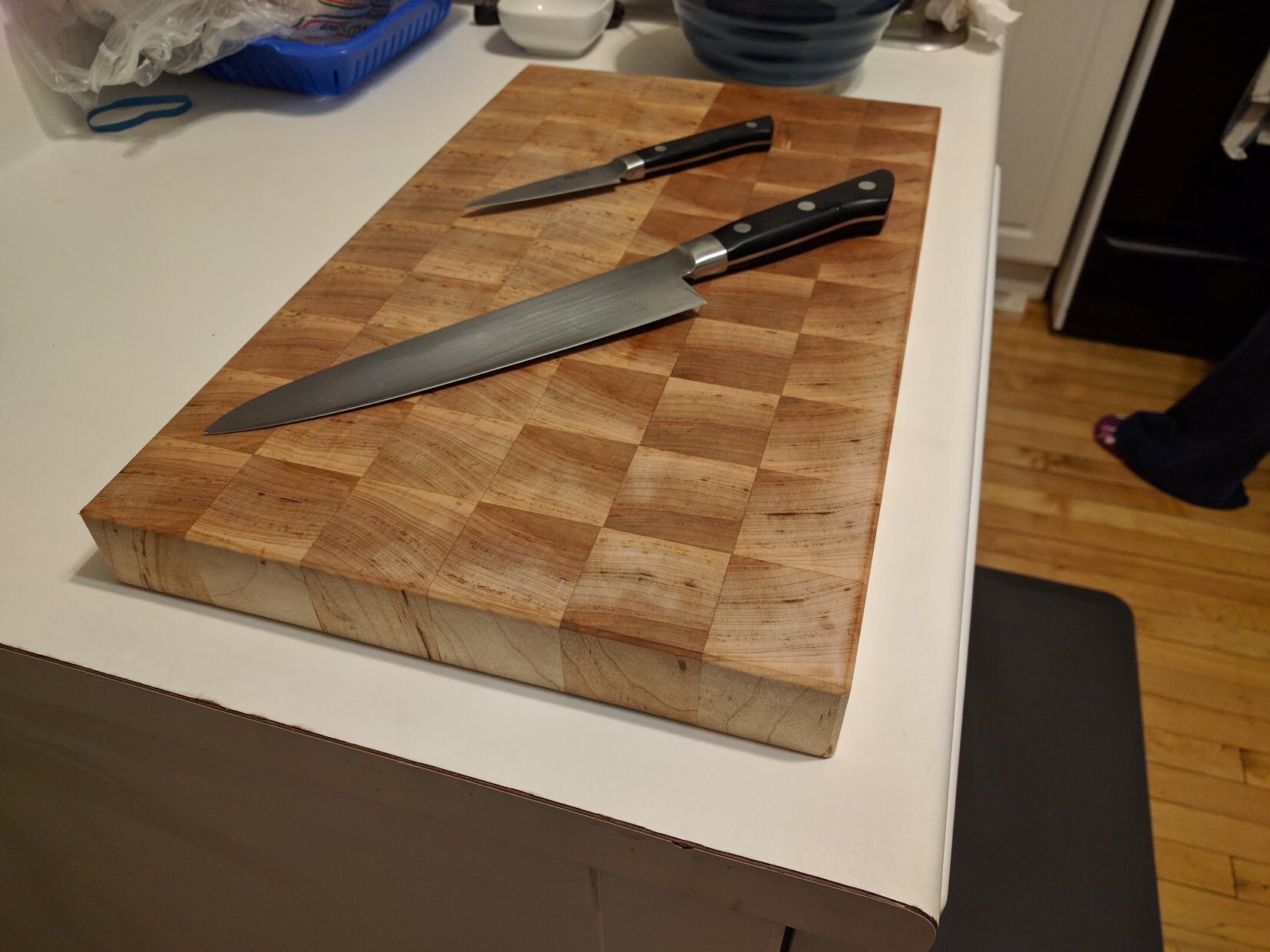Traditional Woodworking Techniques
My path as a designer has led me through an incredible journey of learning traditional woodworking techniques. After developing strong fundamentals of working with power tools and machinery, I grew to foster an appreciation of older techniques involving hand tools like saws, chisels, axes, and planes. I learned about staked furniture and discovered Swedish carving techniques, which gave me a deeper understanding of how to work with wood and to embrace grain structure, splitting, and wood movement. This also led me on a path of building my own tools like a shavehorse to rive logs with a drawknife into spoon blanks and a spring-pole lathe to turn spindles and bowls. Below are a few selected projects from my woodworking journey.
Moravian Workbench
Inspired by the writing of Christopher Schwarz and woodworkers like Paul Sellers and Roy Underhill, I wanted to build a workbench using mainly hand tools with robust mortise and tenons and dovetails.
After investigating various bench styles, I came across Will Myers' adaptation of a Moravian bench at the Old Salem collection in New Salem, N.C and decided to build my own in a smaller scale.
It is made with hand-planed and cut joints using red oak and pine with a hard maple wood screw vice. The bench has a left-handed orientation with dog holes that accommodate 3/4" holdfasts finished with Danish oil.
This project satisfied my urge to restore and sharpen some one-hundred year old tools found at flea markets and eBay, while refining my handcrafting skills, and ultimately has become an indispensable tool that will last a lifetime.
Architectural Built-Ins
Another project I worked on involved building a maker space for children in an elementary school in Chicago. This involved building custom work-furniture based on architectural plans and rough Rhino 3D models and then delivering the partially assembled work furniture to the space and final built-ins on site.
Japanese KUMIKO Joinery
As an avid woodworker, I have become enamored by traditional hand-cut Japanese joinery techniques such as these Asanoha patterns used in Shoji sliding screens. I used this opportunity to learn how to create angle jigs to cut precise angles needed for joints that can hold together tightly without glue.





































